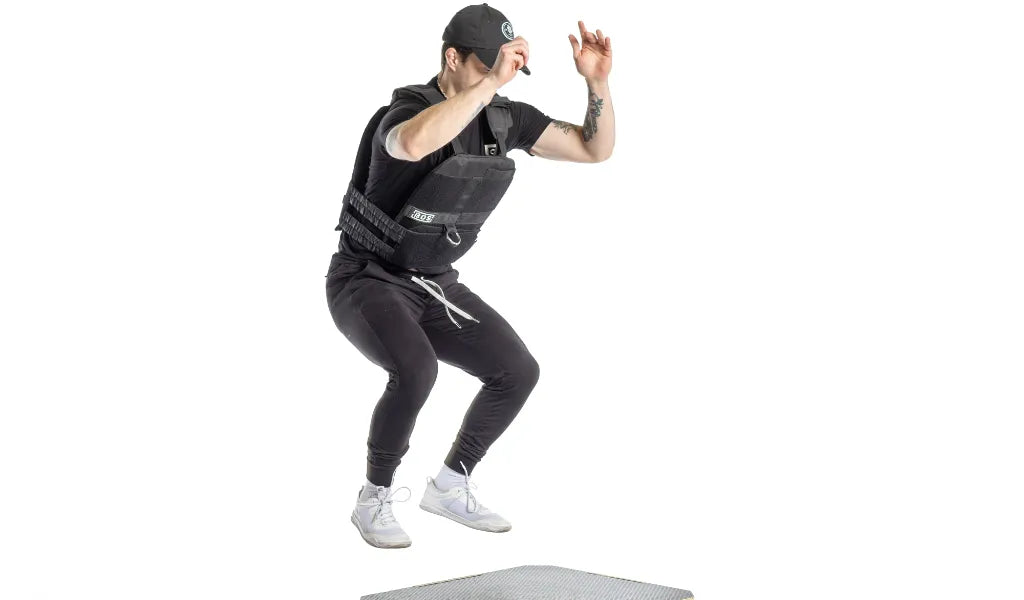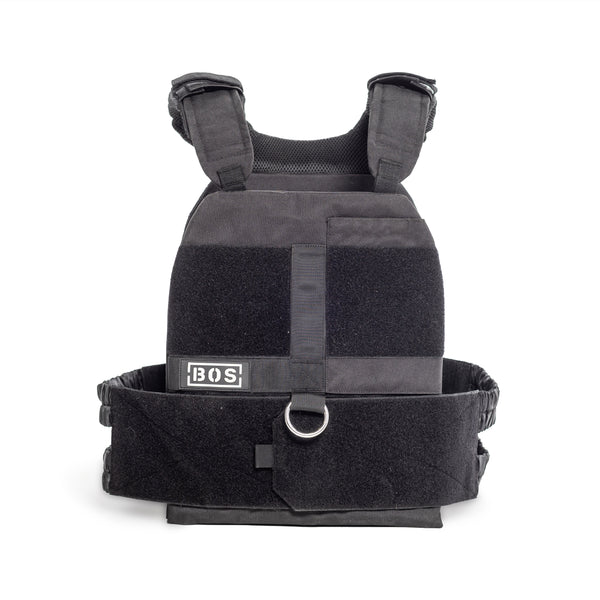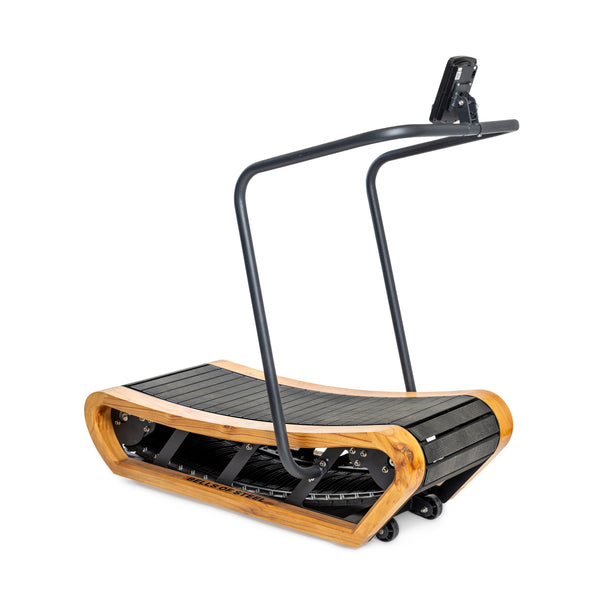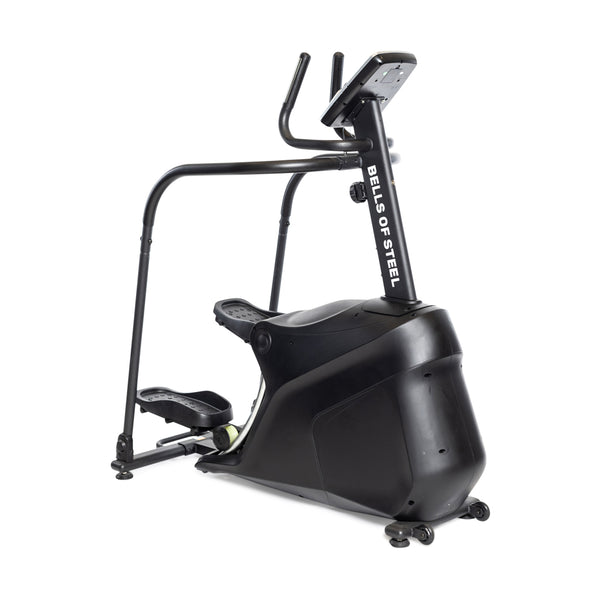Are you thinking about adding a weighted vest to your workouts? Whether you're looking to improve bodyweight strength or increase endurance with weighted cardio, choosing the right vest is essential.
The weight you start with depends on the type of exercise you’re doing — too heavy, and you risk injury; too light, and you won’t see the benefits.
Below, we break down the best starting weight based on bodyweight exercises versus cardio-based movements.
Bodyweight Exercises: Start Light and Build Strength
Adding extra weight to movements like pull-ups, push-ups, dips, or squats increases resistance, helping to build strength and muscle.
However, since these exercises require significant effort, starting with a weight vest plate that is too heavy can compromise form and lead to injury.
Recommended Starting Weight:
- Pull-ups & Dips: 5–10 pounds
- Push-ups: 10–15 pounds
- Squats & Lunges: 15–20 pounds
Why These Weights?
- Pull-ups and dips engage smaller muscle groups, so starting too heavy can lead to poor technique.
- Push-ups can handle slightly more weight, but too much will limit the range of motion.
- Squats and lunges involve larger muscle groups, making them better suited for heavier weights.
A good rule of thumb is to start at the lower end of these ranges and gradually increase as you build strength.
Cardio Workouts: Prioritize Comfort and Endurance
When using a weighted vest for endurance-based exercises like walking, stair climbing, or stepper workouts, the goal is to add resistance without causing strain. Excessive weight can lead to poor posture and joint discomfort.
Recommended Starting Weight:
- Walking: 10–15 pounds
- Hiking: 10–20 pounds
- Stepper/Treadmill Incline: 5–10 pounds
Why These Weights?
- Walking and hiking involve longer duration movement, so a moderate weight prevents excessive fatigue.
- Stair climbing or treadmill incline walking requires stability, so a lighter vest is ideal.
If you are new to weighted vests, a good starting point is 5 to 10 percent of your body weight, increasing gradually as endurance improves.
Key Features to Look for in a Weighted Vest
Regardless of your workout style, comfort and fit are essential. Look for these features when choosing a weighted vest:
- Adjustable Weight: Allows for progression as strength and endurance improve.
- Even Weight Distribution: Prevents unnecessary strain on the back and shoulders.
- Secure Fit: Avoids bouncing or discomfort during movement.
Final Thoughts
A weighted vest can be an excellent tool for improving strength and endurance, but starting at the right weight is key to avoiding injury and getting the most out of your workouts!




